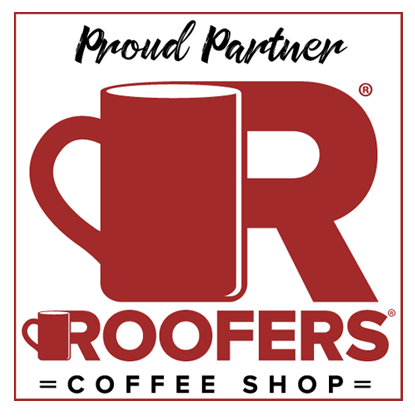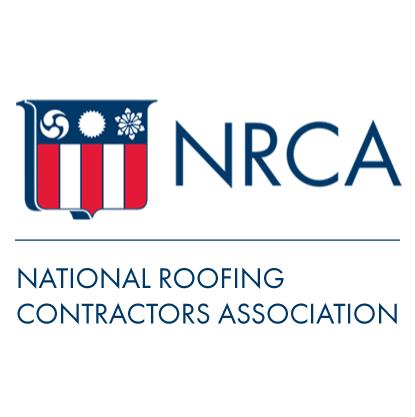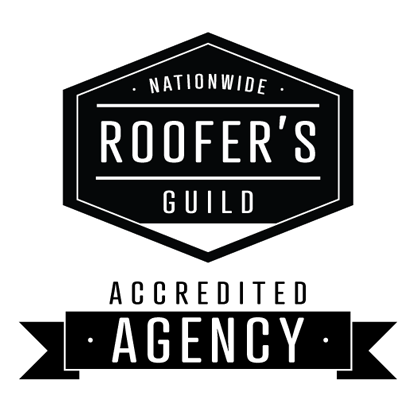Roofers can benefit from ranking on Google Maps, especially in the Local 3 Pack, which is the top 3 Maps results and are displayed prominently on a Google SERP. Members of Roofing Webmasters recently attended an SEO conference where someone in the audience asked why their clients’ Maps ranking was low despite having the highest quantity of reviews in their market and industry. The conference speaker was unable to explain, so today, we will. Reviews are only one part of Google’s Maps grading system. Although there is no official list, this is what Roofing Webmasters considers as the factors based on our years of marketing:
- Tenure
- Reviews
- Links
- Program / Widget
- Ongoing Work
- Content
Maps rankings are relative to market and industry. Roofing contractors understand their sector quite well, but less are aware of how competitive their market is online. For cities with fewer than 50,000 people, ranking on Maps is far easier than cities with higher populations. The double-edged sword is that placement on the Local 3 Pack is far less valuable for low populated areas. Regardless of your particular scenario, these components will factor into your ultimate placement. Roofing Webmasters can help influence some of the factors to boost your Google Maps ranking and hopefully solidify your business on the Local 3 Pack for relevant Keywords.
6 Local Mapping Factors for Roofers
If you read up on local SEO for roofers, you know that the three local ranking factors are proximity, prominence, and relevance. However, while Google publishes these factors themself, it is essential to break down the more specific components that make up these factors. So let’s take a look at six local mapping factors for roofing businesses in 2021.
Tenure
The longer you’ve had your Google My Business profile up, the more likely you are to rank on Google Maps. For brand new listings, implementing best practice strategies can get you listed on Maps in 12 months or less. One year might seem like a long time to rank, but keep in mind that many roofing markets are highly competitive. For less populated cities, you might rank in closer to 6 months. Another variable is your target keyword. Higher volume keywords work similarly on Maps to how they work on organic. The highest volume keywords are the most competitive and require the most work to achieve rankings. Some terms have so little volume that no Local 3 Pack will even exist for the corresponding query.
Reviews
The most apparent factor is reviews, which entails both the quantity and the quality of the feedback. At the conference mentioned above, the person who posed the question referred to a client with a high amount of reviews and high quality. While that particular company could not show up on Maps, they did achieve one of the most important steps: review generation. The reason they didn’t rank is rooted in the other factors on this list. Reviews alone are not enough to establish a secure ranking in the Local 3 Pack. Still, it would help if you always were trying to get as many reviews as possible in an ethical manner and respond to customers who leave testimonials.
Links
Sites with low Domain Authority struggle to rank on Maps listings the same way they do with organic. If your website has zero inbound links pointing to it, there’s a minimal incentive for Google to trust it at all. They are taking a considerable risk in funneling consumers to a virtually unknown company and have no votes of confidence from other sites on the web (inbound links). A lack of backlinks doesn’t mean you should try to get any old links since many are pure spam and can negatively impact rankings. The best way to build connections is content creation, distribution, and syndication. Of course, the higher quality content is more likely to be linked to, and the trust and authority of your domain should increase accordingly.
Program / Widget
Generating reviews is not easy. So when a marketer tells you something simple like; you need more reviews, it doesn’t help much. To get more reviews, you need to implement a reviews program and, ideally, a website widget. Both work collaboratively when adequately integrated. Roofing Webmasters recommends DataPins, which helps with both reputation management and Local SEO. The program has steps that every employee should follow when dealing with clients:
- 1) You ask the satisfied customer for a review in person.
- 2) You hand them a business card with your review platform links (ideally your review widget link).
- 3) DataPins automatically sends a reminder text and email.
- 4) DataPins showcases their Google reviews on your website
If they don’t budge after the reminders, leave them alone, as continuing to bother them might prompt them to publish lousy feedback. You should also avoid requesting reviews from customers who complained about your work. As a local contractor, you know when a customer is pleased or unpleased, and you should act accordingly.
Ongoing Work
Every part of your digital marketing campaign should be ongoing, from blog posts on your website to Google posts on your Google My Business page. The latter can make your Maps listing more relevant and encourage Google to prioritize it. Regular work should expand beyond your Google profile alone, however. You also want to continue to work on your main website, blog posts, social media channels, and every other avenue for lead generation. Unfortunately, Google tends to grade roofing companies as a complete picture rather than based on individual or isolated snippets of branding. That’s why when skeptics suggest that SEO for roofing companies doesn’t work, they are misleading listeners. Maps, like SEO, are something that requires consistency and commitment.
Content
A major misnomer about Maps rankings is that Google understands the services you offer based on relevance to your industry. So, for example, you might assume as a roofer that residential roof repair is implied as one of your services. But if you don’t have a page specifically for residential roof repair on your website, Google will opt to prioritize a website that does have that page published. It’s not that Google’s algorithm is unintelligent; it’s just that there’s more reason to trust websites that have service pages for each of these specific categories. The solution to this whole “problem” is simple, and it is to make new pages for every type you wish to rank for on both Maps and organic.
Roofers Who Need Help Ranking on Maps
Sometimes Google’s algorithm can seem like a Rubix cube and frustrate business owners (including roofers) across the country. Even when it looks like everything is being done right (like you have 100 five-star reviews), you still might lack the actual local presence you seek. With Roofing Webmasters‘ list of ranking factors, you can take your local roofing company to the next level in 2021. We provide local mapping services, including everything mentioned in this blog post and on the embedded podcast. We’ve been working with roofing clients for over a decade and have over 200 clients. We understand what it takes to maximize local reach.
Podcast: Play in new window | Download
Subscribe: RSS








